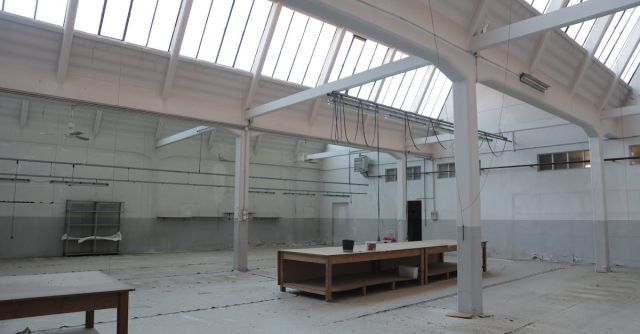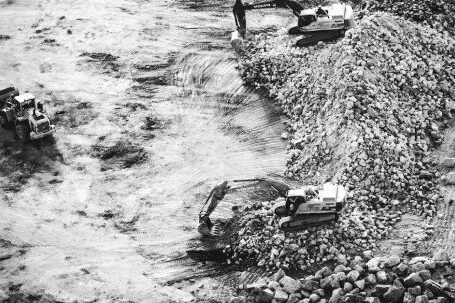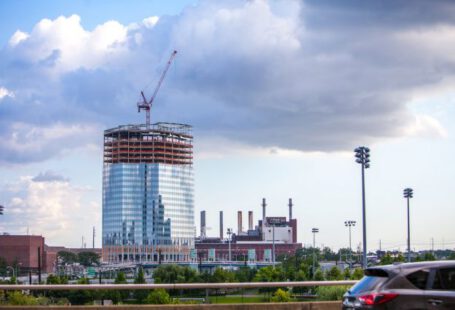The construction sector has long been an industry that relies on manual labor and heavy machinery to complete projects. However, with the advancement of technology, the way modern construction sites operate has changed drastically. One of the most important tools for achieving efficient and safe construction projects is the overhead lift. This versatile piece of machinery has revolutionized the way construction sites operate, making them safer and more efficient.
What is an Overhead Lift?
An overhead lift is a type of machine used to raise and transport materials and personnel up to heights of up to 40 feet. This type of lift is typically mounted on a track and uses either a chain or cable to move along its track. The equipment is powered by electricity and controlled by an operator, and it has a variety of safety features that prevent it from crashing or tipping over. Overhead lifts are widely used in the construction industry, as they are a much more efficient and safer way to get personnel and materials to heights that would otherwise be inaccessible.
Benefits of Using an Overhead Lift
Using an overhead lift provides a variety of benefits to construction sites. Firstly, it increases safety by reducing the number of personnel required to be at heights. This reduces the risk of falls, as the lift can be operated from the ground. Secondly, overhead lifts are much more efficient than traditional methods of reaching heights, as they can be operated from the ground and can reach heights quickly and safely. Finally, overhead lifts can save time and money, as they reduce the need for scaffolding and other costly equipment.
Types of Overhead Lifts
There are several different types of overhead lifts on the market. The most common type is the scissor lift, which is a platform that is raised and lowered using a hydraulic system. These lifts are typically used to move personnel and materials up to heights of up to 40 feet. Boom lifts are another type of overhead lift that are typically used for accessing higher heights, up to 80 feet. These lifts use an extendable arm to reach the desired height and can be used in a variety of applications. Finally, there are hoists, which are used to move heavy objects up to heights of up to 30 feet.
Conclusion
Overhead lifts have revolutionized the way construction sites operate. These versatile pieces of machinery offer a variety of benefits, from increased safety to cost savings. With the right type of overhead lift, construction sites can be more efficient and safer for personnel and materials. As technology continues to advance, the importance of overhead lifts to the construction industry will only continue to grow.






